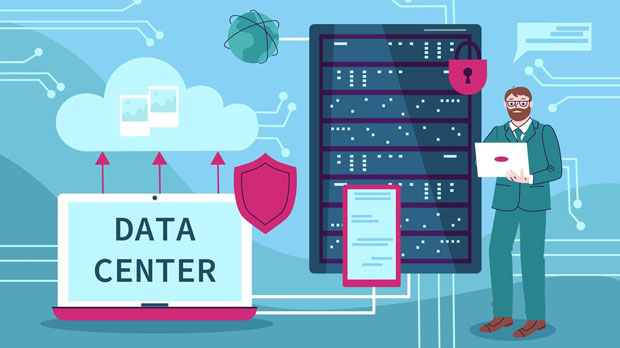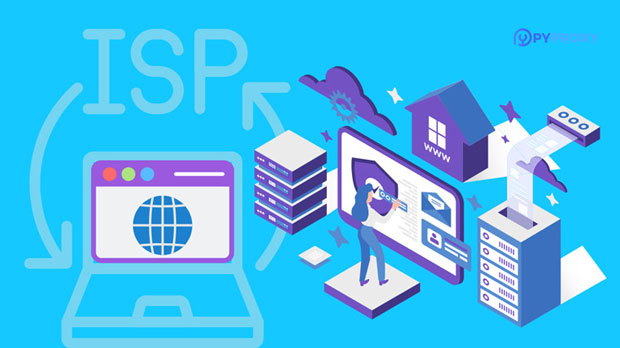In the growing world of online privacy and security, proxies have become a fundamental tool. Two popular services in this domain are PYPROXY and Proxyium. But when it comes to choosing between them, especially in terms of support for protocols like SOCKS5, what sets them apart? Additionally, many users rely on free web proxies to navigate the web anonymously, but the question remains: do these free services support the SOCKS5 protocol switch? In this article, we will compare Pyproxy and Proxyium, examine the capabilities of free web proxies regarding SOCKS5, and explore the practical value of these services for users seeking privacy and security online. Understanding Pyproxy and ProxyiumBefore diving into the specifics of protocol support, it is important to understand what Pyproxy and Proxyium bring to the table. Both of these services offer proxies to mask the user's IP address and improve online privacy. However, the differences lie in their features, performance, and support for various proxy protocols.Pyproxy Overview Pyproxy is an advanced proxy service that focuses on providing a secure and anonymous connection to users. It offers a variety of protocols, including HTTP, HTTPS, and SOCKS5, giving users flexibility in terms of security and compatibility with different types of applications. This service is especially favored for its seamless integration with different platforms and its ability to handle a variety of requests simultaneously, making it a suitable choice for both casual and professional users.Proxyium Overview Proxyium, on the other hand, is known for its robust infrastructure and high-speed proxy connections. While it also supports multiple protocols, the service is particularly optimized for SOCKS5. This makes Proxyium a go-to option for users who require secure, high-speed, and reliable connections. It is commonly used by tech-savvy individuals and businesses that prioritize a stable connection, such as for online gaming, streaming, or running bots.Free Web Proxies and SOCKS5 SupportMany individuals turn to free web proxies as an easy way to mask their IP address and enhance privacy. These services can be found easily online, but they come with several limitations compared to paid services like Pyproxy and Proxyium. One of the most significant aspects of free proxies is whether they support the SOCKS5 protocol.What is SOCKS5 and Why It Matters SOCKS5 is a protocol that allows for greater flexibility, security, and performance compared to traditional HTTP or HTTPS proxies. It supports a wider range of internet traffic, including UDP and TCP connections, making it ideal for tasks like torrenting, gaming, or using certain applications that require a high level of security and anonymity.Many free web proxies, however, only support HTTP or HTTPS protocols. While these are sufficient for browsing the web anonymously, they are not as effective for other uses that require more secure or specialized connections. For example, users who rely on torrenting or online gaming may find themselves limited by the lack of SOCKS5 support in free proxies.Challenges of Using Free Web Proxies Free proxies typically come with several drawbacks. Apart from limited protocol support, these services often have slower speeds, lower reliability, and potential security risks. Many free proxies may log user data, which can defeat the purpose of using a proxy in the first place. Moreover, free web proxies may have geographic restrictions, meaning users can only access content from certain regions.For users specifically looking for SOCKS5 support, the options are limited in the realm of free proxies. Even though some free proxy providers may claim to offer SOCKS5, their servers might be unreliable or insecure, and they may not always be up to date with the latest security measures.Advantages and Disadvantages of Pyproxy and Proxyium in Terms of SOCKS5 ProtocolWhen it comes to choosing between Pyproxy and Proxyium, both services stand out in different ways when it comes to SOCKS5 support.Pyproxy and SOCKS5 Protocol Pyproxy offers SOCKS5 support, allowing users to switch between different proxy protocols depending on their needs. This feature provides versatility for users who may require SOCKS5 for certain applications or prefer the security it offers. The ability to choose between HTTP, HTTPS, and SOCKS5 ensures that Pyproxy caters to a wide variety of use cases, from simple web browsing to more complex tasks such as gaming or peer-to-peer file sharing.Proxyium and SOCKS5 Protocol Proxyium, however, goes a step further by offering optimized support for SOCKS5, making it an excellent choice for users who specifically require this protocol. The infrastructure is designed for high performance, ensuring faster speeds and more reliable connections. Proxyium’s emphasis on SOCKS5 makes it especially useful for users who prioritize high-speed, secure connections for activities like gaming or accessing restricted content.The Limitations of Both Services While both Pyproxy and Proxyium provide SOCKS5 support, the performance and speed can still be influenced by factors like server load and geographical distance. Additionally, even with SOCKS5 support, users might still encounter occasional issues like connection drops or slow speeds, especially during peak usage times. However, these problems are generally less prevalent with paid services than with free alternatives.Is SOCKS5 Protocol the Best Choice for Your Needs?For many users, SOCKS5 is indeed the preferred protocol for ensuring a secure and flexible browsing experience. However, whether or not it is the best choice depends on the specific needs of the user. For example, if you are only browsing the web and do not engage in activities requiring high-level security, an HTTP or HTTPS proxy might suffice. On the other hand, if you need a secure, high-speed connection for activities like online gaming, torrenting, or using specific applications, SOCKS5 is definitely the better option.Considerations for Users Before deciding on a proxy service, users should consider their primary use case. If anonymity and security are paramount, services like Pyproxy and Proxyium, which support SOCKS5, offer a significant advantage over free proxies. Additionally, users should weigh factors like speed, reliability, and cost. For heavy users or businesses with more stringent security requirements, a paid service is generally a better investment.Conclusion: Pyproxy, Proxyium, and the Future of Free Web ProxiesIn conclusion, while free web proxies may seem like an appealing choice for basic tasks, they often fall short when it comes to supporting advanced protocols like SOCKS5. Services like Pyproxy and Proxyium, with their robust SOCKS5 support, provide users with greater security, speed, and flexibility. However, when choosing a proxy service, it is essential to consider your specific needs and priorities. While free proxies may work for basic tasks, investing in a service like Pyproxy or Proxyium could offer enhanced performance and better security for more demanding online activities.
Sep 01, 2025



































































